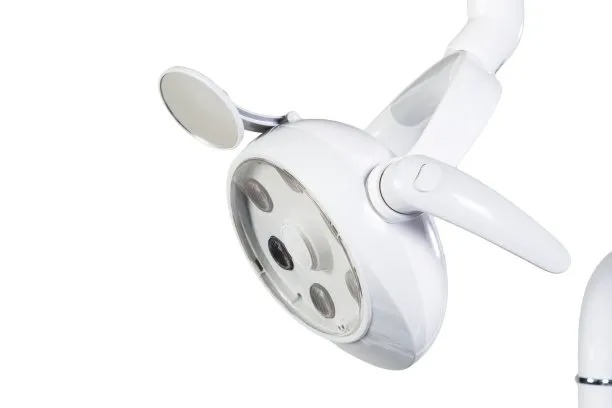Essential Guidelines for Ensuring Optimal Care and Maintenance After Dental Filling Procedures
Summary: Dental fillings are a common procedure aimed at repairing cavities or damaged teeth, but optimal care afterward is crucial for longevity and oral health. This article outlines essential guidelines for post-filling maintenance, focusing on the importance of maintaining oral hygiene, dietary considerations, follow-up care, and recognizing potential complications. These guidelines will ensure that the filling remains intact and that patients enjoy long-term dental health. Following these steps will aid individuals in navigating their recovery and understanding the best practices to maintain their dental work.
1. Importance of Maintaining Oral Hygiene

Maintaining excellent oral hygiene is crucial after receiving a dental filling. Patients should ensure they brush their teeth at least twice daily using a fluoride toothpaste. This not only helps to keep the filled tooth clean but also prevents plaque buildup that can lead to additional decay. Flossing is equally vital, as it removes food particles and plaque between teeth, where a toothbrush might not reach.
Moreover, using an antibacterial mouthwash can enhance oral hygiene by reducing bacteria in the mouth, thereby lowering the risk of infection. Regularly rinsing with a mouthwash can also help freshen breath and keep the mouth feeling clean after a filling. These practices should be incorporated into the daily routine following the procedure for optimal results.
It is advisable to avoid vigorous brushing of the filled area for at least 24 hours after the procedure to prevent irritation. Following this period, patients can resume their normal brushing habits while still paying special attention to the filled tooth to ensure its longevity.
2. Dietary Considerations Post-Filling
What patients consume plays a significant role in the recovery process after a dental filling. Initially, it is essential to avoid very hot or cold foods and drinks, as these can cause discomfort in the filled tooth. Sticking to a soft food diet for at least the first 24 hours can help prevent any unnecessary stress on the newly filled area.
Additionally, avoiding sticky or hard foods is critical in the weeks following the filling. Foods such as caramel or crunchy snacks can dislodge or damage the filling, leading to further dental issues. Incorporating softer options like yogurt, mashed potatoes, and smoothies can ensure that the mouth remains comfortable while promoting healing.
Lastly, consuming beverages that are mildly acidic, like citrus juices, should also be minimized. Acidic drinks can contribute to enamel erosion, which might compromise the integrity of the filling. Ensuring a balanced diet after the filling procedure will help maintain oral health.
3. Importance of Follow-Up Care
Regular follow-up appointments with a dentist are crucial after having dental fillings. Although many fillings can last for years, periodic check-ups allow the dentist to monitor for potential issues such as wear or loss of integrity in the filling. Patients should schedule these visits as recommended by their dental professional, typically every six months.
During these follow-ups, the dentist may conduct examinations and cleanings to mitigate any developing oral health problems. If there are any signs of deterioration in the filling, such as discoloration or roughness, the dentist will address it promptly, thus preventing further complications.
Patients should also communicate any discomfort or changed sensations in the filled tooth during these visits. Early detection of issues can lead to timely intervention, which can be far less complicated than addressing a severe problem later on.
4. Recognizing Potential Complications
Being aware of complications that may arise after a dental filling is essential for sustaining oral health. Patients should monitor for increased sensitivity, pain, or swelling around the filled area, as these could indicate underlying issues such as an improperly placed filling or infection. Immediate consultation with a dentist is recommended if these symptoms occur.
Another potential complication is the development of a secondary cavity, particularly if oral hygiene is neglected. Regular self-checks for visible signs of decay or any changes in the filling鈥檚 texture can help catch these troubles early, ensuring they are addressed promptly.
Lastly, it鈥檚 essential to be aware that in some cases, the filling may wear down or become loose over time due to normal wear and tear. Regular inspections during dental visits play a vital role in recognizing any necessary adjustments or replacements for the filling.
Summary:
In conclusion, adhering to essential care guidelines after dental filling procedures is vital for maintaining optimal oral health. Through diligent hygiene practices, thoughtful dietary choices, committed follow-up care, and vigilance against potential complications, patients can ensure the longevity of their dental fillings and protect their overall dental health.
This article is compiled by Vickong Dental and the content is for reference only.



